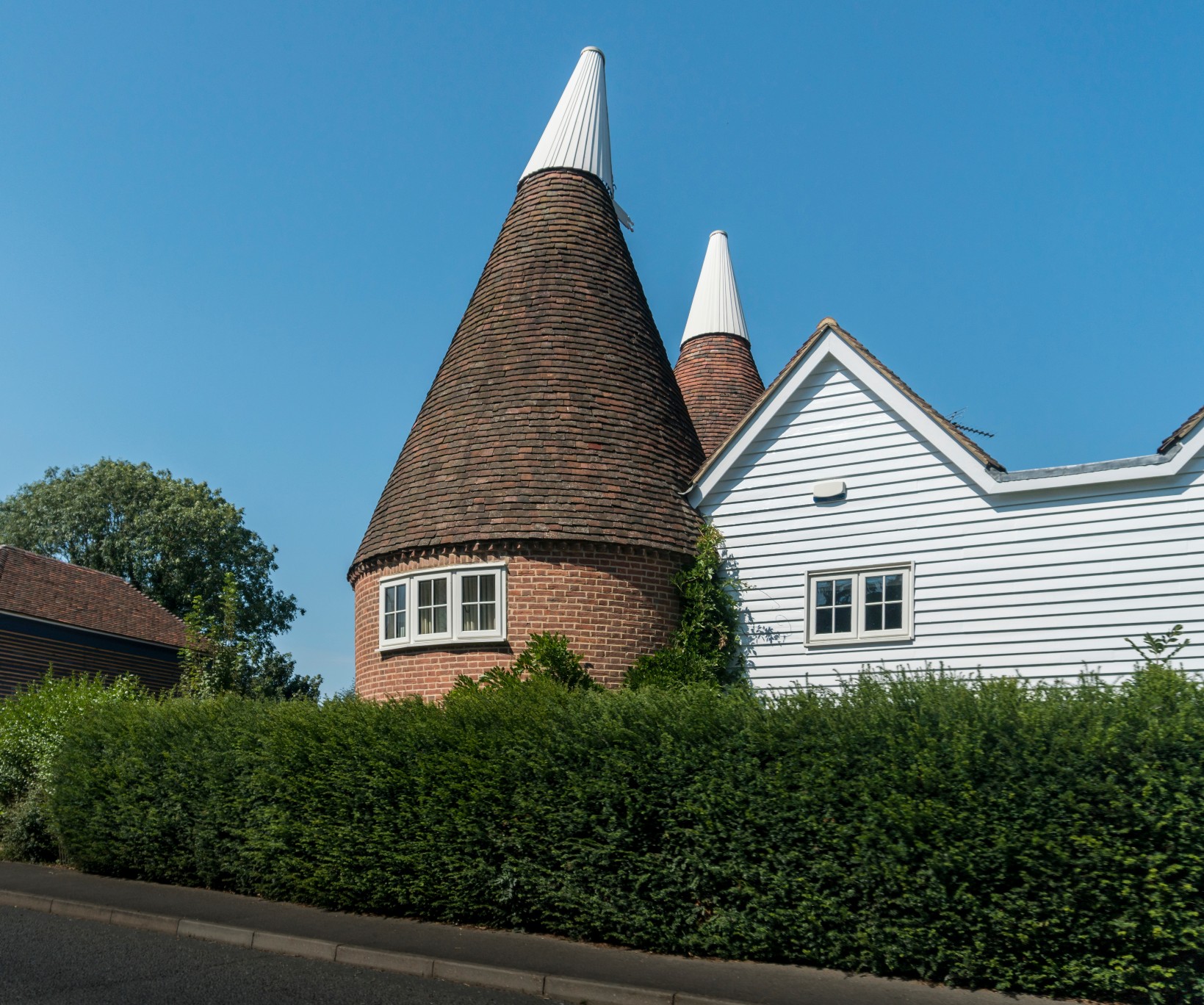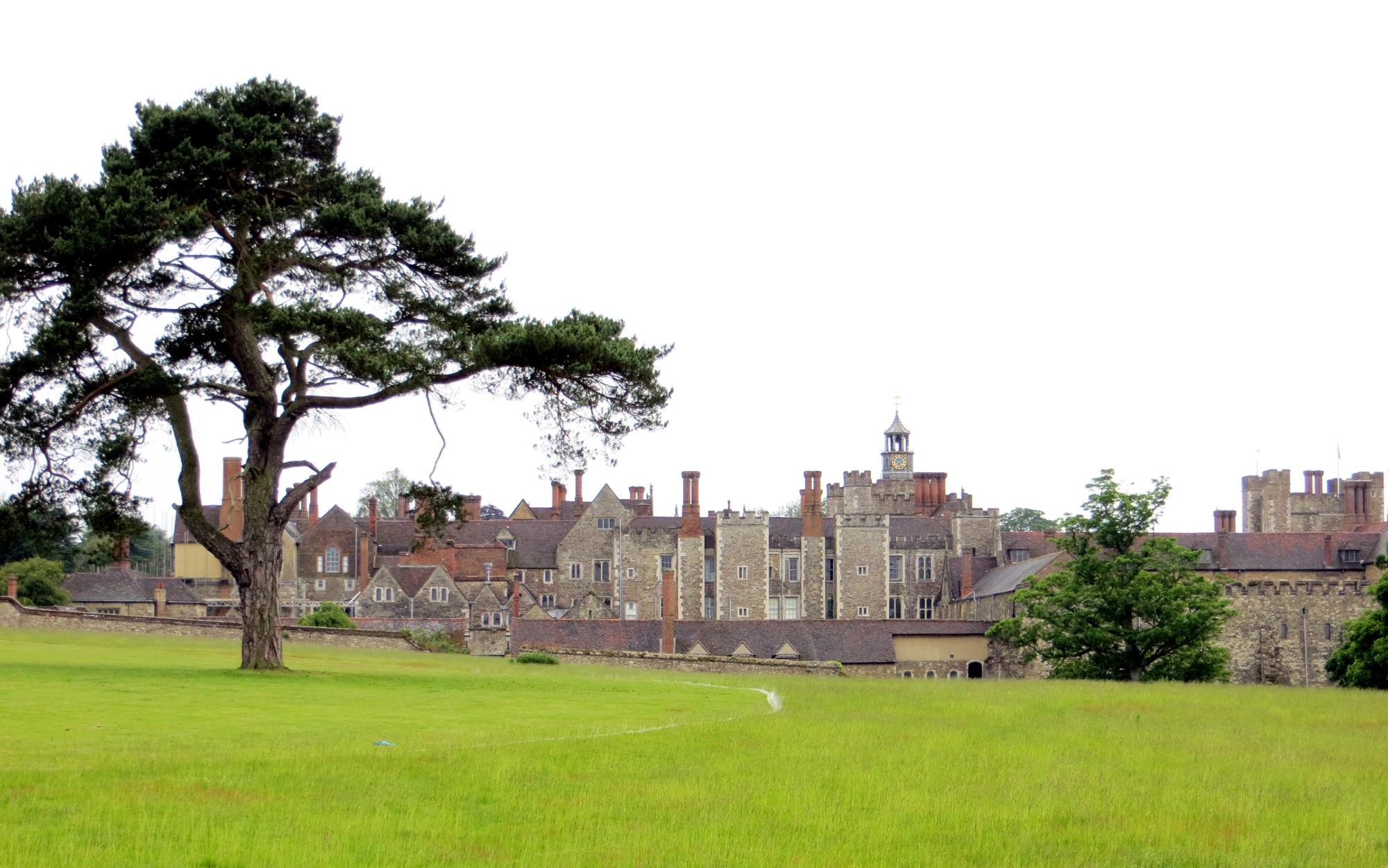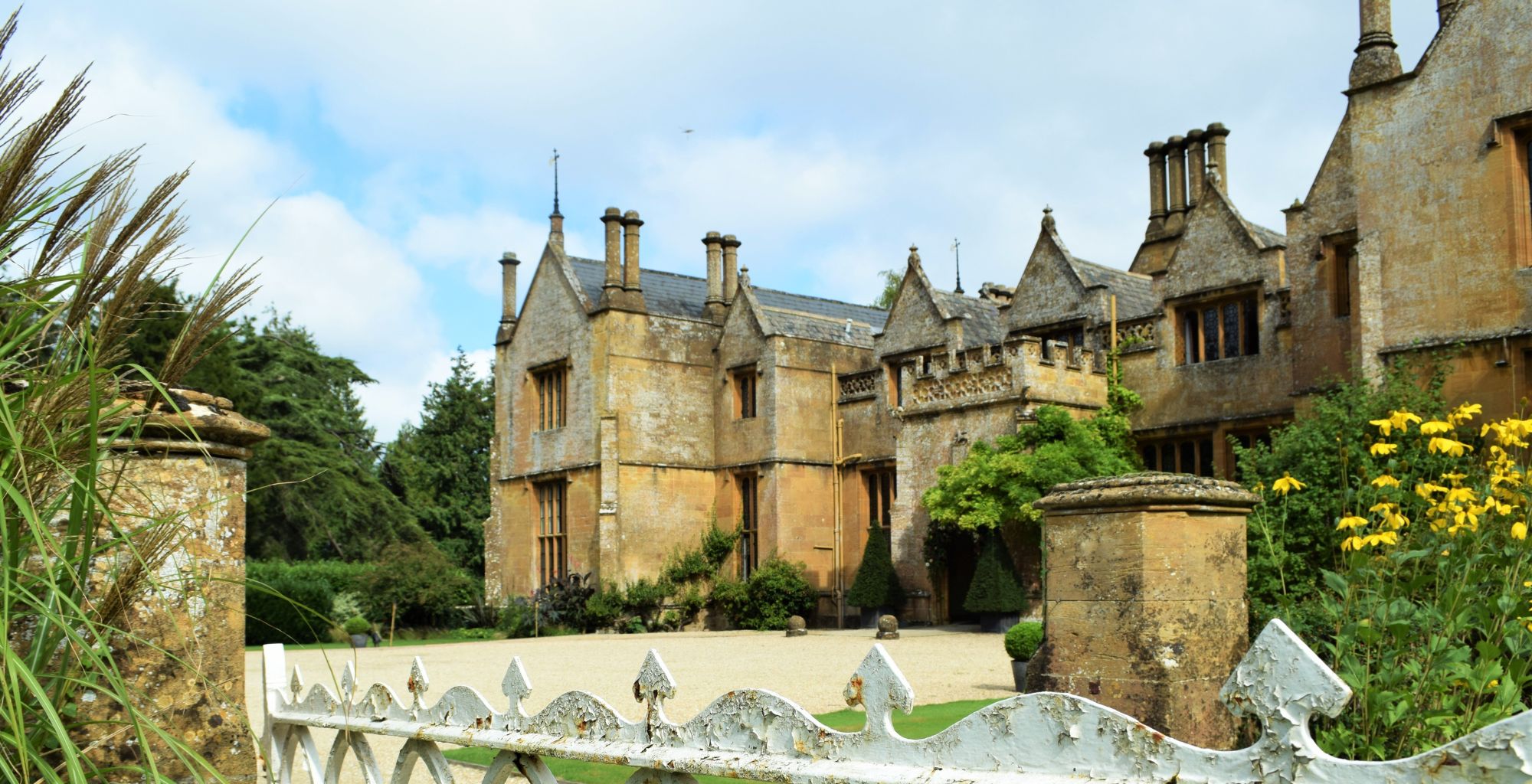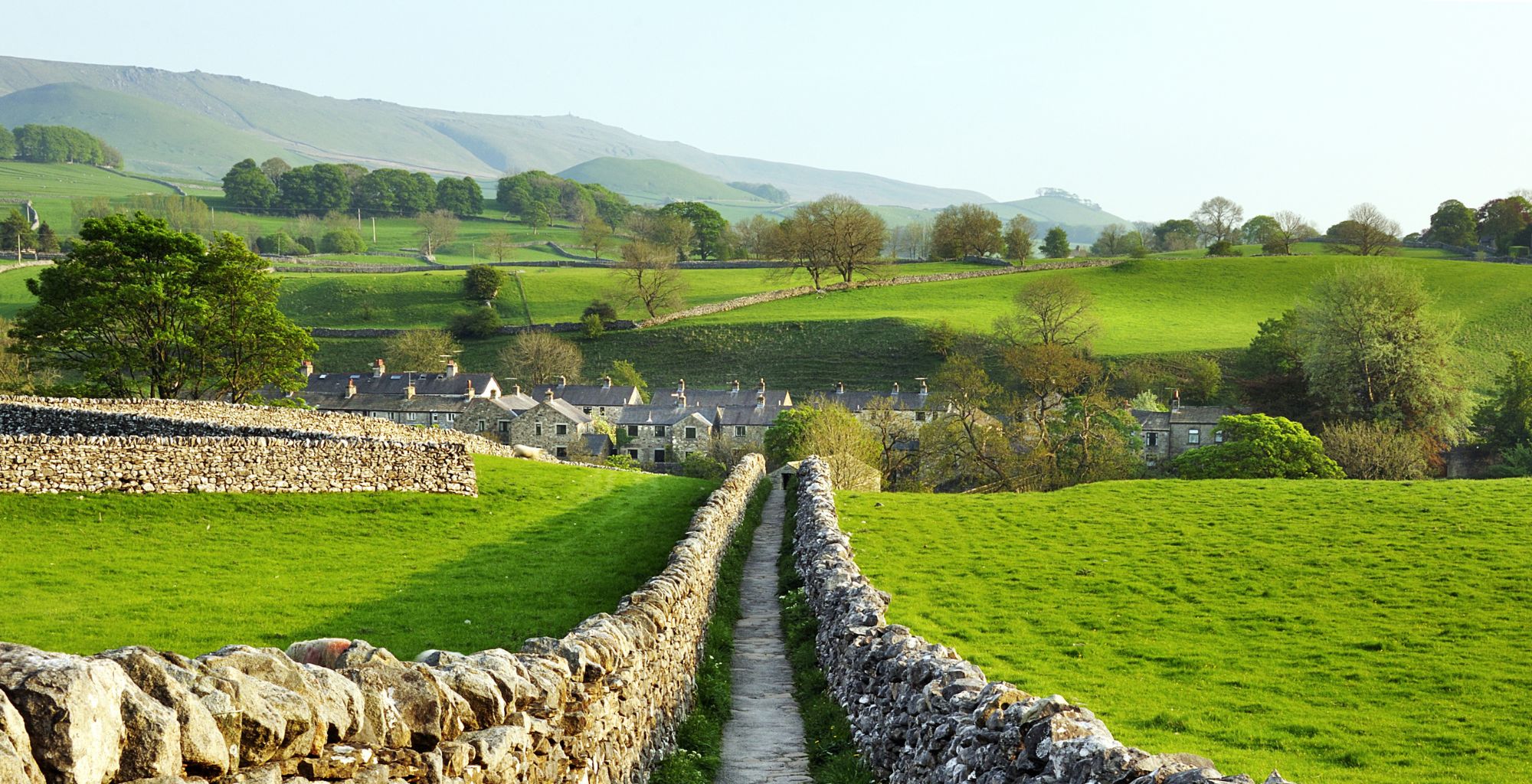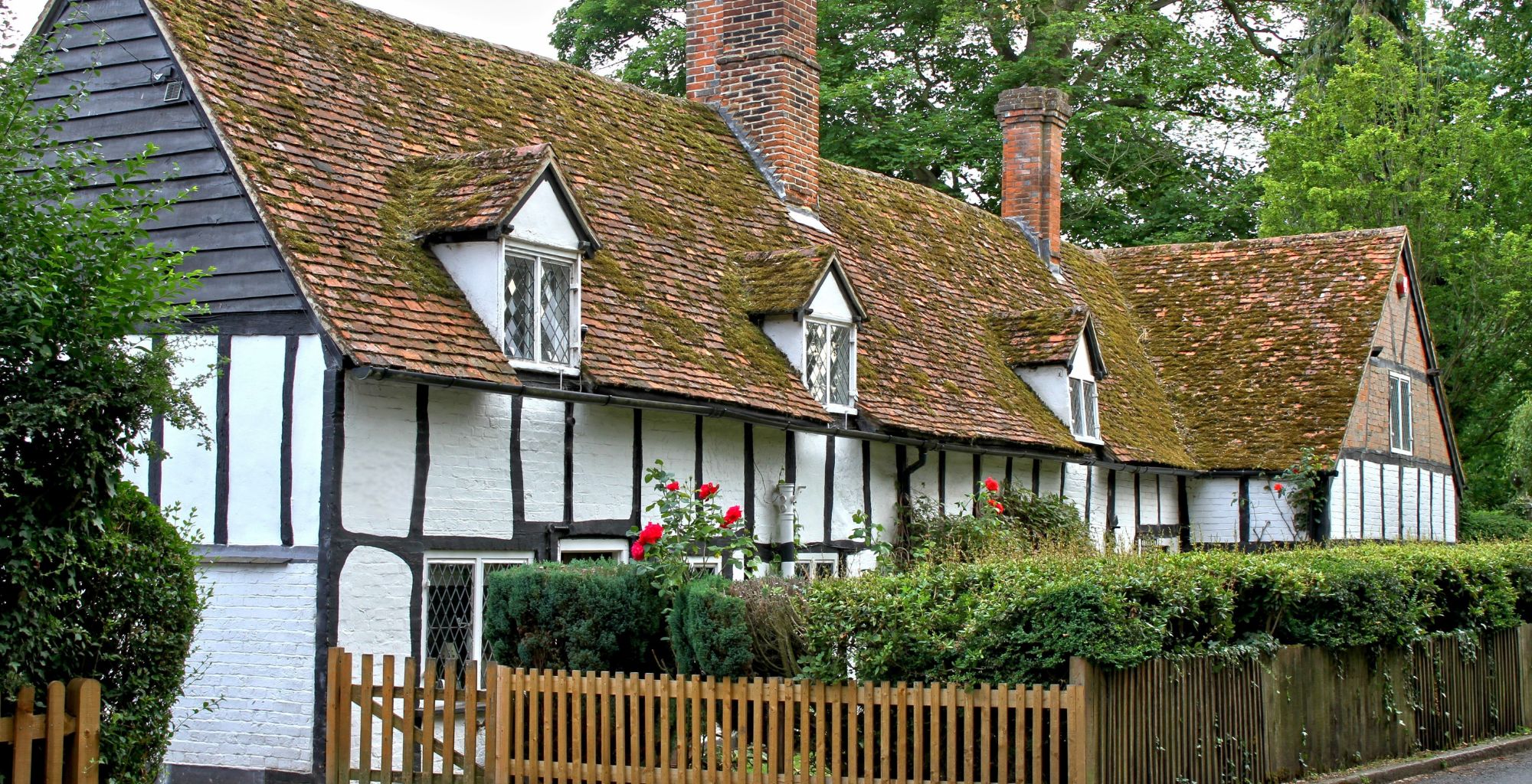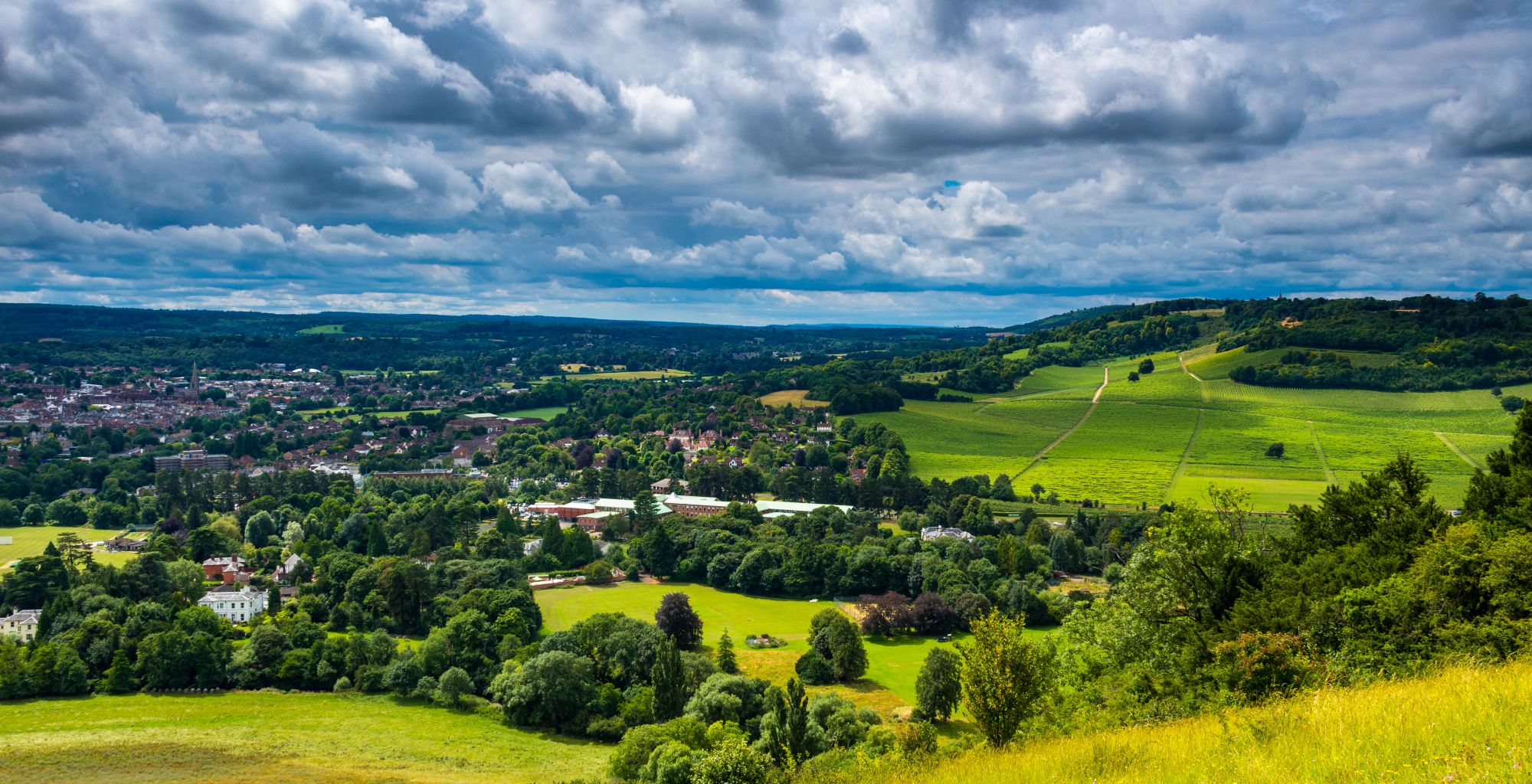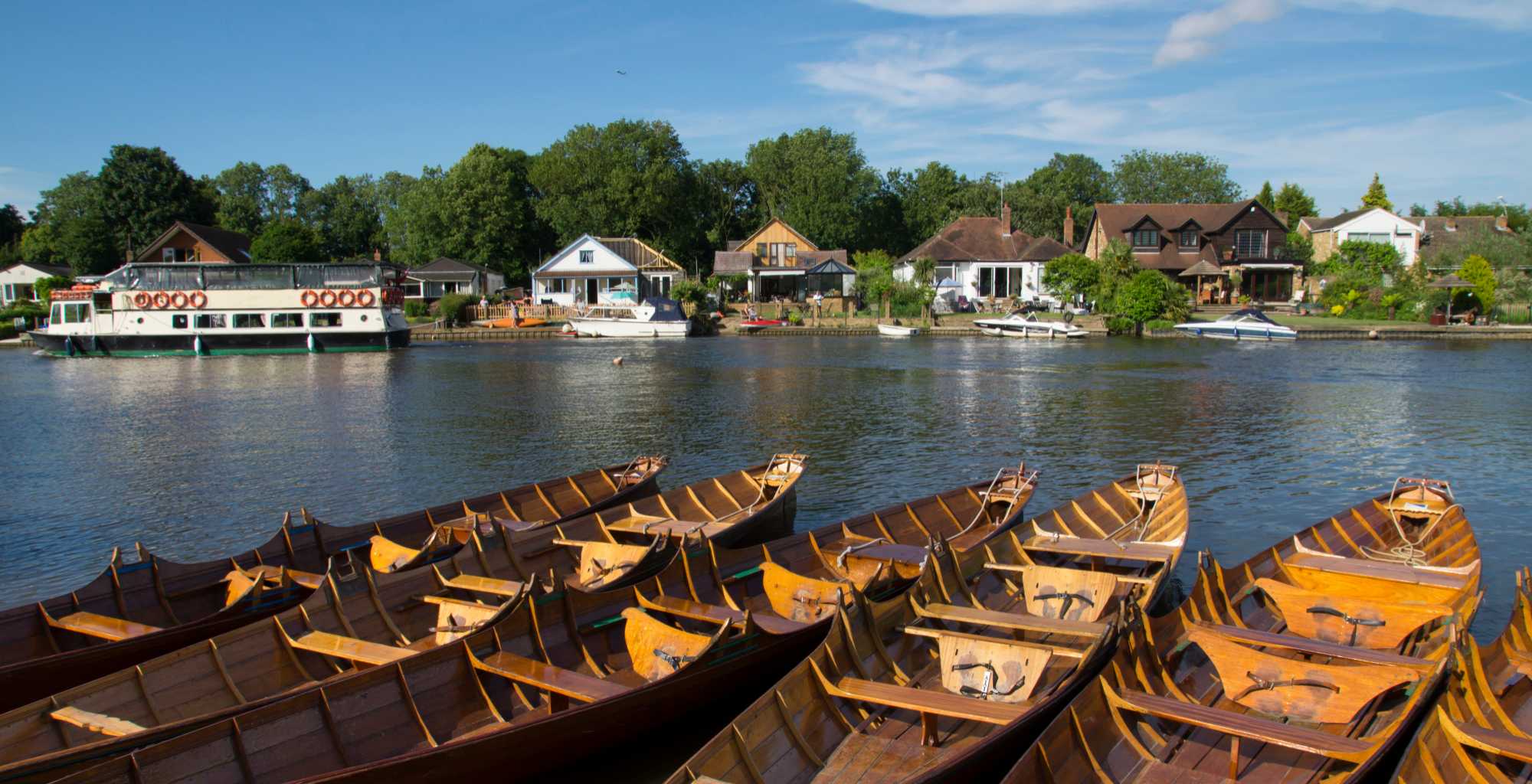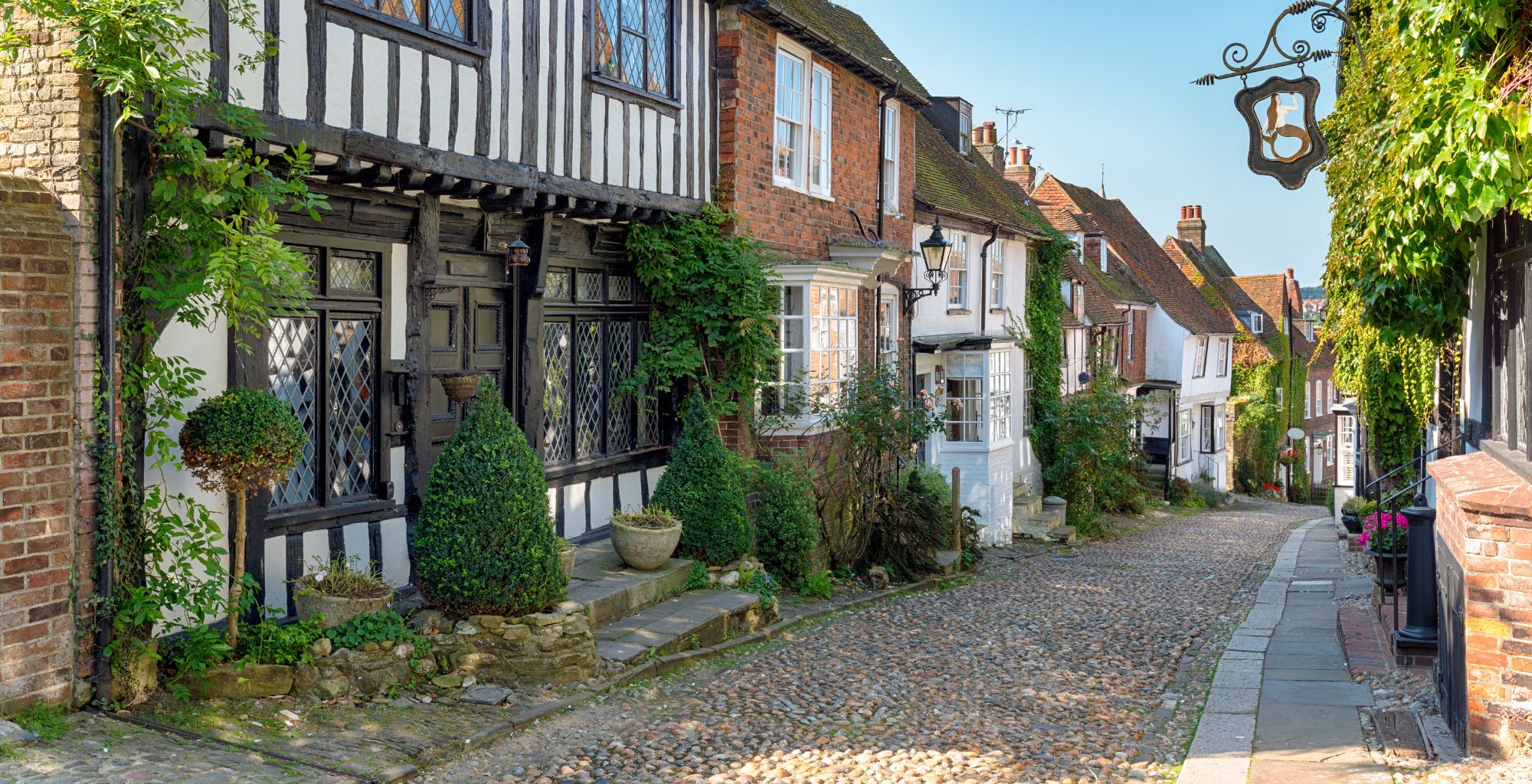As one of the most popular home counties, with so many locations that offer more than simply an easy...
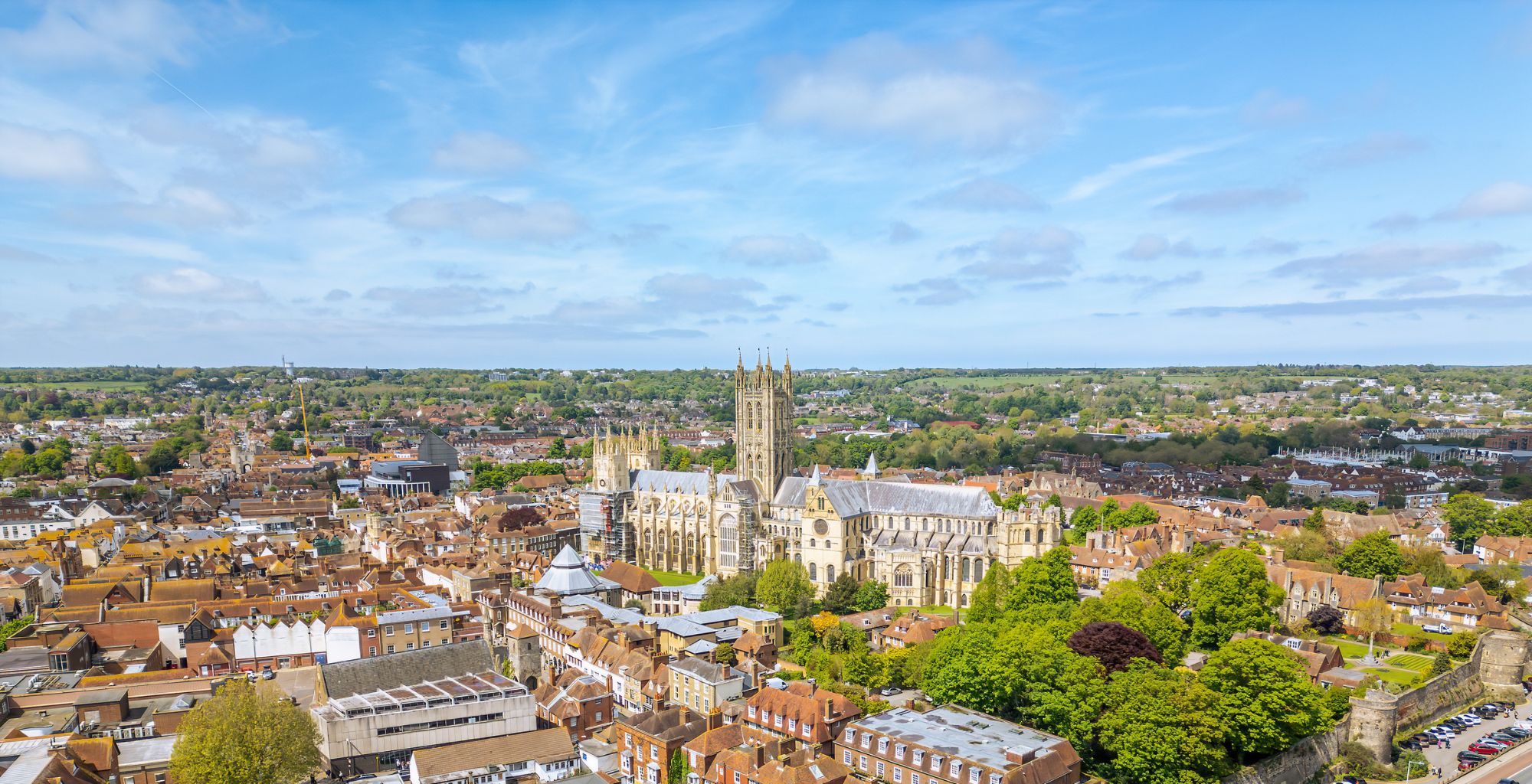
Best places to live in Kent
If you are considering a move to the South East, you may be wondering where are the best places to live in Kent?
Kent is not only one of the warmest parts of Britain, but it also offers a heady mix of culture, history, and a diverse landscape with small villages, and bustling towns. Plus, it has many beautiful Blue Flag beaches along its 300-mile coastline.
With top schools, access to green spaces, excellent commuter links and strong communities, Kent is hugely appealing to those looking for a place to live.
If you are thinking about moving to, retiring to, or buying a second home in Kent, then you will be spoilt for choice. Because of its diversity, the county has something for everyone. So, here we explore some of the best places to live in Kent, including some of the county’s hidden gems.
Royal Tunbridge Wells
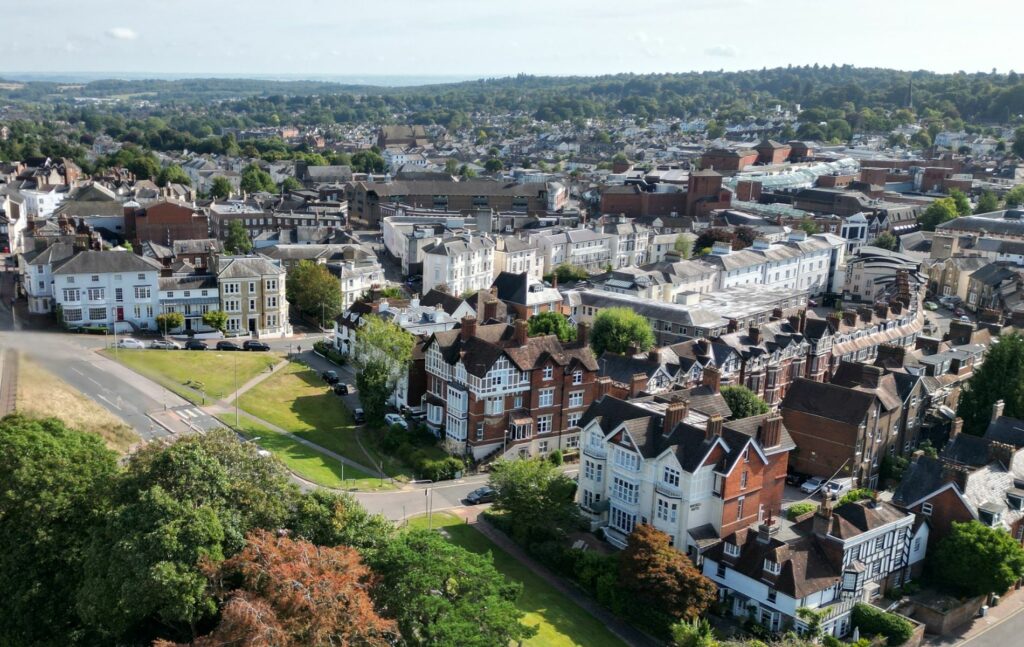
Known for its busy and bustling centre, this attractive and popular spa town is considered one of the best places to live in Kent. It is well equipped with parks and natural areas, notably Dunorlan Park. A visit to the historic waters at Chalybeate Spring is also a must.
The Spa Valley steam railway is also very famous. The centre boasts numerous Georgian and Victorian buildings. The Pantiles – a historic colonnade of independent shops, cafes and bars, offers a bespoke shopping experience in the town. There is also The Forum – a famous music venue which has launched many musical careers.
Royal Tunbridge Wells offers an affluent country lifestyle whilst being very close to London.
The area has long been known for some of the most desirable locations in South-East England. As such, the more prestigious properties command premium prices.
Royal Tunbridge Wells offers numerous quality primary and secondary schools. There are highly regarded grammar schools. These include Tunbridge Wells Girls’ Grammar and The Skinners’ School, and Independent options include Rose Hill and Beechwood Sacred Heart.
Transport links are strong, with frequent trains to London averaging under an hour. The main road link is A21-M25-M20, conveniently connecting to Swanley and London. Gatwick Airport is only around a 40-minute drive away.
Sevenoaks
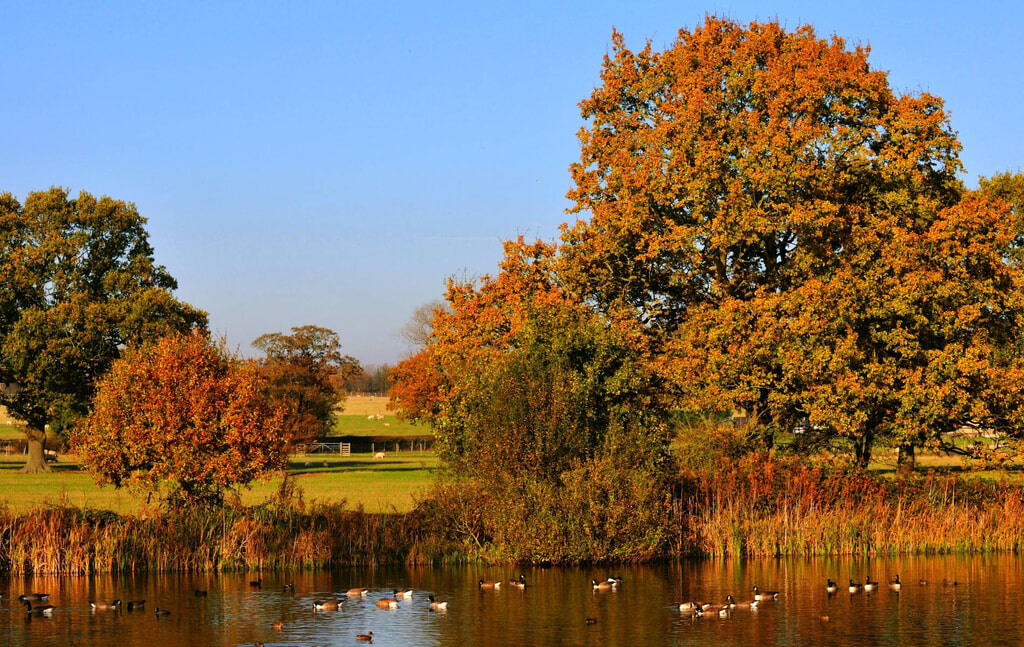
Sevenoaks is another of the best places to live in Kent. This highly desirable and affluent market town offers a full range of shopping and recreational facilities.
Ancient sites to visit include Ightam Mote and Knole, with multiple others in the area. There are plenty of parks, notably Emmetts Garden and the Sevenoaks Wildlife Reserve and a large range of places to dine offering all major cuisines.
As a much-envied area for commuting, a high percentage of young professionals live here. The town centre is very busy during the day and enjoys a lively nightlife. Outer areas and the surrounding countryside have a much quieter and more exclusive feel.
Sevenoaks attracts families too, being renowned for its outstanding schools. These include the prestigious Sevenoaks School, as well as excellent grammar options such as Weald of Kent and Tunbridge Wells Grammar School for Boys’ Sevenoaks annex.
Transport links are excellent, with fast trains reaching London Bridge in 22 minutes. The M25 and A21 provide convenient road access.
Southborough

Southborough, just north of Royal Tunbridge Wells, is a vibrant town offering a blend of historical charm and modern amenities. The town is home to Salomons Museum, a historic country house once belonging to Sir David Salomons, the first Jewish Lord Mayor of London.
Nature enthusiasts can explore Barnett’s Wood, a local nature reserve featuring ancient woodland and diverse wildlife.
Also, Southborough Common provides open spaces ideal for leisurely walks and community events.
The town offers a variety of dining options, from traditional British pubs to contemporary cafés, catering to diverse culinary tastes. Families are well-served by reputable schools, including Southborough Church of England Primary School.
Nearby High Brooms station provides regular train services to London, making Southborough a desirable location for commuters.
The town’s community spirit, coupled with its amenities and green spaces, makes it one of the best places to live in Kent for both families and professionals seeking a balanced lifestyle.
Otford
The historic village of Otford is nestled in the Darent Valley, approximately three miles north of Sevenoaks. Its rich heritage includes the remnants of Otford Palace, once a residence of the Archbishops of Canterbury and visited by Henry VIII.
The village centre features a distinctive Grade II listed duck pond, celebrated as the country’s only listed duck pond. Traditional pubs, cafés, and shops surround the pond.
The surrounding Kent Downs Area of Outstanding Natural Beauty offers numerous walking and cycling routes, appealing to outdoor enthusiasts.
Educational facilities are commendable, with Otford Primary School well-regarded in the village. Otford station provides regular services to London Victoria and Blackfriars.
Kemsing
Kemsing is a picturesque village located on the scarp face of the North Downs, approximately four miles northeast of Sevenoaks.
The village is renowned as the birthplace of Saint Edith of Wilton, with a well at the centre dedicated to her, believed to possess healing properties.
Kemsing maintains a strong community spirit, with a primary school, post office, village hall, and several pubs and restaurants.
The village is surrounded by scenic countryside, including the Kemsing Down Nature Reserve, making it ideal for outdoor activities like hiking and cycling.
Kemsing railway station provides services to London Victoria. Nearby road networks offer access to the M26 and M25 motorways.
The village’s rich history, coupled with its tranquil setting, makes it one of the best places to live in Kent for families and those seeking a peaceful rural lifestyle.
Rusthall
Rusthall, a village located approximately two miles west of Royal Tunbridge Wells, is another of the best places to live in Kent.
The village was developed around Rusthall Common, known for its distinctive sandstone rock formations, including the notable Toad Rock, a natural outcrop resembling a sitting toad.
Historically, Rusthall emerged as a tourist destination in the Victorian era, attracting visitors to its unique geological features.
The village offers a range of amenities, including local shops, cafés, and traditional pubs, fostering a vibrant community spirit. St. Paul’s Church, built in 1849, stands as a testament to the village’s historical architecture.
Rusthall Common provides open green spaces ideal for leisurely walks and community events. The village is well-connected, with regular bus services to Tunbridge Wells.
Broadstairs
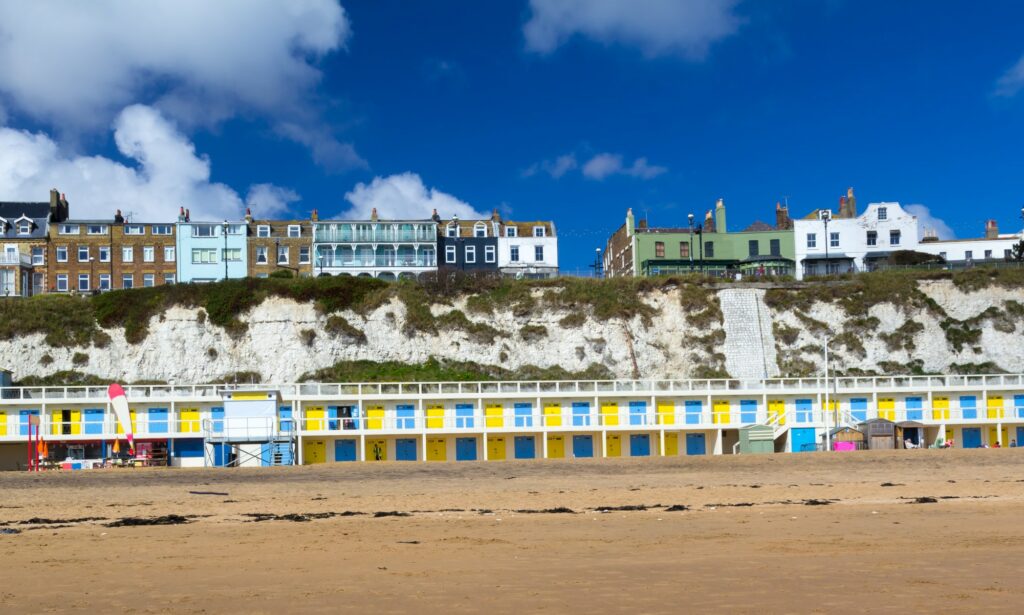
Positioned on the peninsula of Thanet, Broadstairs has long had a reputation for being one of the quieter and less developed parts of the county.
It is best known for its magnificent unspoilt coastline and walks, including Botany Bay and Dumpton Gap plus some highly regarded sandy beaches.
Broadstairs town is quaint and known for its artistic community and alternative culture with cafés, bars and restaurants.
It is a popular holiday destination and can become busy in peak season. Surrounding areas are much quieter.
Commuting to London is less convenient than from other parts of Kent. This, however, has made it one of the best places to live in Kent for more mature people and those seeking property a little more away from it all.
Broadstairs is attractive because of its relatively reasonable pricing of more exclusive property than other parts of Kent.
The rural and alternative nature appeals to many. However, that comes at the cost of less convenient commuting into London and some congestion in July/August and sunny bank holidays.
Broadstairs offers a range of well-regarded schools, including Dane Court Grammar and Charles Dickens School. Nearby independent options include St Lawrence College in Ramsgate.
Rail travel to London has a typical journey time of around 1 hour and 45 minutes. The fast train is approximately 1 hour 20 minutes. The main road link is the M2 with a light traffic time of under 2 hours – considerably longer at peak times.
Langton Green
A short distance from Rusthall is the affluent village of Langton Green.
The village centres around the village green and All Saints Church, a Grade II* listed building. Langton Green benefits from a public house – The Hare, a village hall, and Langton Green Primary School, which is well-regarded in the area.
Langton Green is also home to Holmewood House, a prominent independent preparatory school.
It is among the best places to live in Kent for its surroundings of picturesque Kent and Sussex countryside. Langton Green offers numerous footpaths for walking enthusiasts.
Its proximity to Tunbridge Wells provides residents with easy access to a wider range of shopping, dining, and cultural facilities, while maintaining the tranquillity of village life.
Pembury
Pembury is a charming village approximately three miles southeast of Tunbridge Wells. Its history dates back to Saxon times, with the name thought to derive from ‘Pepingburh’, meaning ‘the place of Pepping’s people’.
The Parish Church of St Peter, a Grade I listed building, dates back to the 11th or 12th century, reflecting the village’s historical roots. Centred around a traditional village green, Pembury retains a rural character with large areas of woodland and agricultural land.
It offers the essentials, including local shops, pubs, and eateries, and a strong community spirit supported by regular events and activities.
The A21 bypass provides convenient road access to London and Hastings. Nearby railway stations in Tunbridge Wells, High Brooms, Tonbridge, and Paddock Wood offer regular train services.
Well-connected yet peaceful, Pembury is one of the best places to live in Kent for those seeking village life within easy reach of modern conveniences.
Tenterden
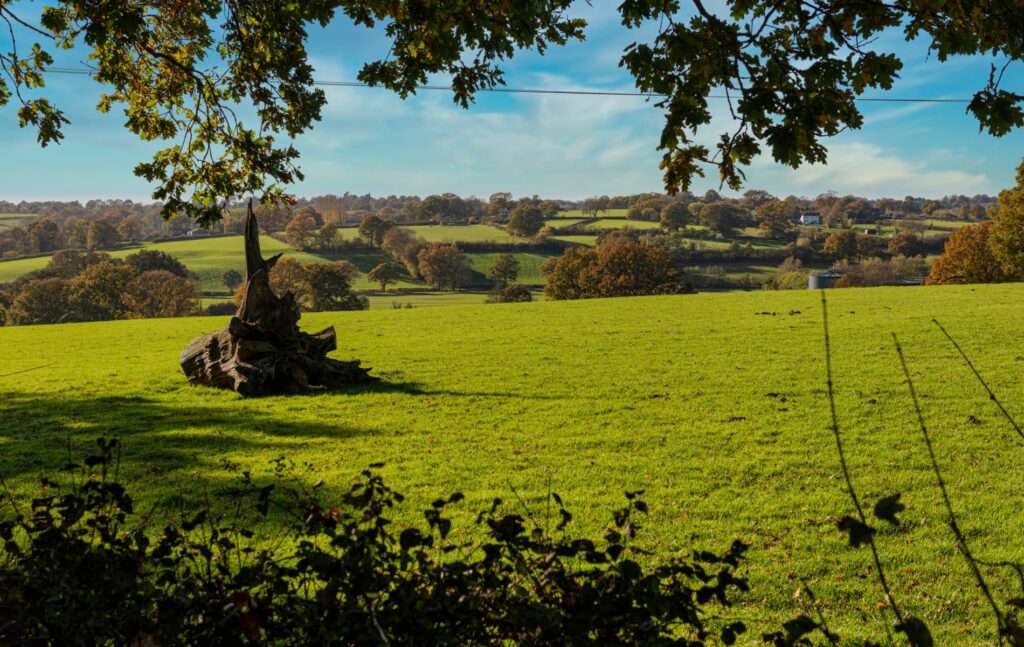
Tenterden, often referred to as the “Jewel of the Weald,” is a historic town situated on the edge of the High Weald Area of Outstanding Natural Beauty. The town’s name is derived from the Old English “Tenetwaradenn,” meaning “Thanet-folk’s forest clearing.”
Historically, Tenterden was a significant wool manufacturing centre and a member of the Cinque Ports Confederation, linked to the sea via the River Rother until the 15th century.
Today, Tenterden boasts a wealth of heritage, including historic timber-framed buildings, a medieval church, cobbled alleys, and the Georgian Town Hall.
The town offers a variety of shopping and recreational facilities, with a notable attraction being the Kent & East Sussex Railway, a preserved steam railway that provides scenic journeys through the countryside.
Tenterden is connected to Maidstone by the A229 and A274 roads, and to Ashford, Rolvenden, and Hastings by the A28, providing convenient road access to surrounding areas.
There are also numerous vineyards in the vicinity, including nearby Chapel Down, the largest producer of English wine.
Ramsgate
Ramsgate is a vibrant coastal town, known for its rich maritime history and as a popular seaside resort.
The town’s origins date back to its mention in the Kent Hundred Rolls of 1274-1275 as ‘Ramisgate’ or ‘Remmesgate’, from the Anglo-Saxon “Hræfn’s geat,” meaning “raven’s cliff gap.”
Ramsgate’s Royal Harbour, granted royal status by King George IV, is a focal point of the town, reflecting its significance as a port.
The town offers a variety of shops, restaurants, and pubs catering to diverse tastes.
Ramsgate’s railway station has regular services to London St Pancras International in just over an hour. The A299 (Thanet Way) links Ramsgate to the M2 motorway, facilitating straightforward road travel.
Local bus services are frequent, covering most of the town and surrounding areas. This makes Ramsgate a convenient location for both residents and visitors.
Swanscombe
Swanscombe offers residents a blend of affordability and convenience.
The town boasts efficient public transportation, High Speed One is available from nearby Ebbsfleet International rail station, offering fast services into London St. Pancras in just 19 minutes. Local bus routes connect residents to neighbouring towns, enhancing accessibility.
There is a vibrant high street with independent shops, cafés, and pubs. The nearby Bluewater Shopping Centre, one of the largest in Europe, offers extensive retail and dining options as well as a cinema.
For outdoor enthusiasts, Swanscombe Heritage Park provides green spaces and walking trails, reflecting the area’s rich archaeological history.
Educational facilities include several primary schools renowned for high standards, and secondary schools offering diverse academic and vocational courses. Swanscombe falls within the catchment area for Dartford Grammar Schools, both rated highly.
While Swanscombe may not offer the bustling nightlife of larger towns, its strategic location near Dartford and Gravesend provides additional leisure and entertainment options.
Canterbury
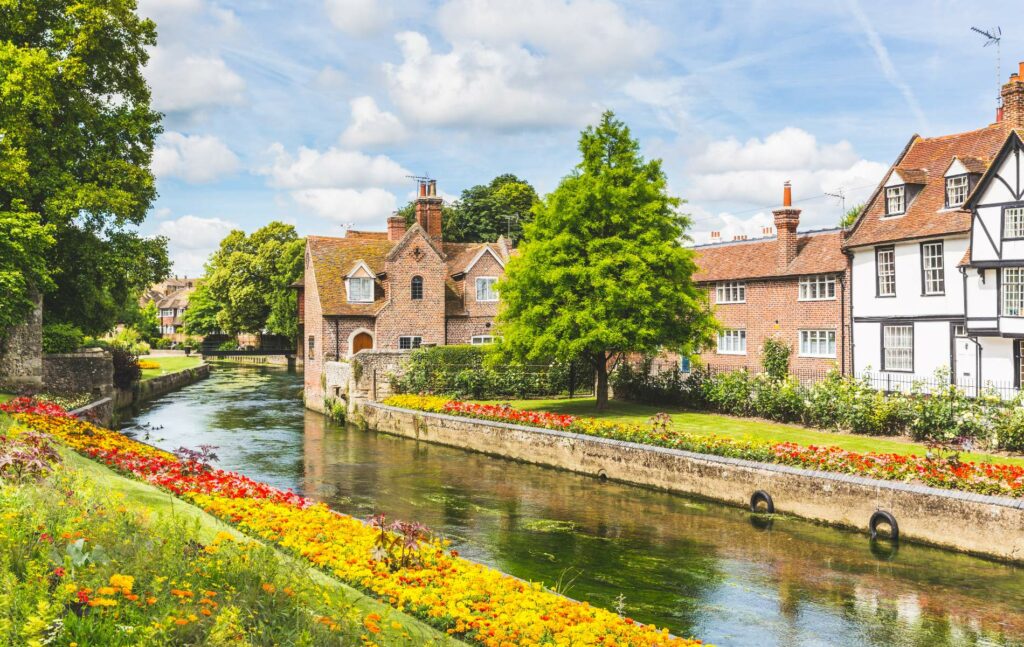
Canterbury is famous for its historic buildings, notably the Cathedral. Other historic attractions include the city’s walls, St. Augustine’s Abbey, the Westgate Towers, Godmersham House and many others.
Canterbury boasts some great city-centre walks and lots of independent shops, boutiques and cafes where you can people watch.
There are some great country walks and cycling routes in the surrounding areas – e.g. Canterbury to Whitstable on the coast. There are two theatres and plenty of other evening recreational facilities.
Canterbury is well known for its culture and history. It’s also famous for being very convenient for links to the continent. It has a broad-spectrum appeal for couples, families and those that are approaching retirement.
There are beautiful villages in the surrounding area which are highly sought-after by those looking for a quieter environment near the city.
Excellent schools such as the highly regarded Simon Langton Grammar School for Boys and Simon Langton Grammar School for Girls make Canterbury one of the best places to live in Kent for families.
The city is also home to the University of Kent, Canterbury Christ Church University, and several independent schools.
Transport links are excellent, with high-speed trains reaching London St Pancras in under an hour. Road connections include the A2 and M2, providing access to London, Dover, and the wider South East.
Best places to live in Kent: Hidden Gems
With so many desirable places to live in Kent, it’s easy to overlook some of the many hidden gems in the county. These smaller communities have much to offer homebuyers, so here are a few that our local experts recommend.
Penshurst (district of Sevenoaks)
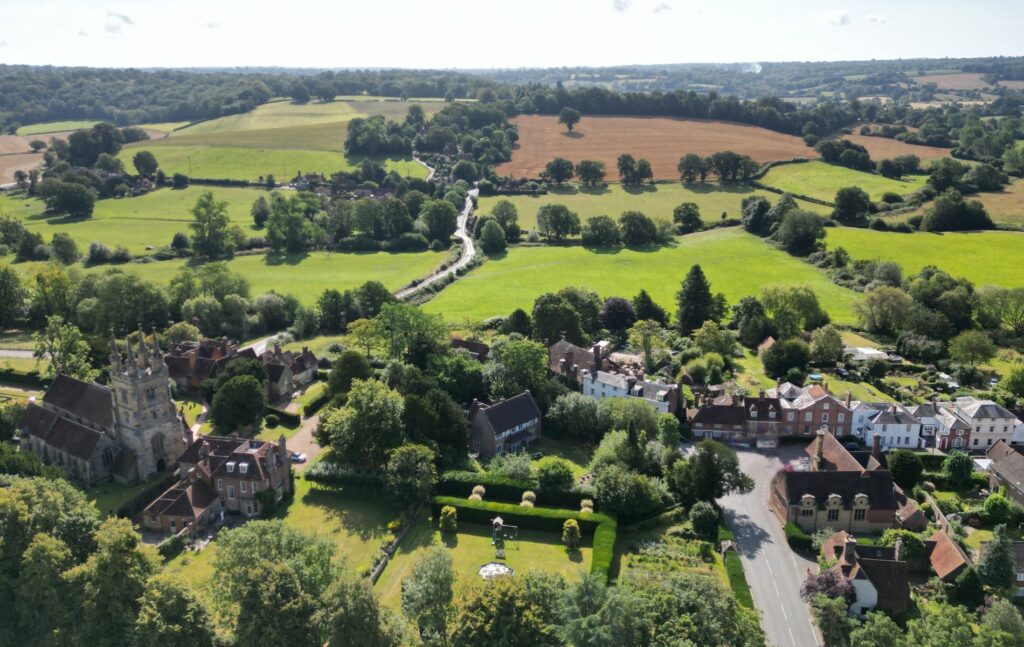
A very picturesque village sitting between two rivers. The area is famous for its rural beauty, and this naturally predisposes a lot of recreation towards countryside activities.
Penshurst has several beautiful old buildings of note including the 14th century Penshurst Place – a fortified manor house.
It is highly regarded by both professional/commuter families and more mature couples seeking retirement but within easy reach of London. Its provision of a village lifestyle within close distance of the capital is a major attraction.
Penshurst provides wonderfully scenic village living within a very short distance of London via relatively easy commuting. Many drive to nearby Hildenborough station for direct trains.
West Malling
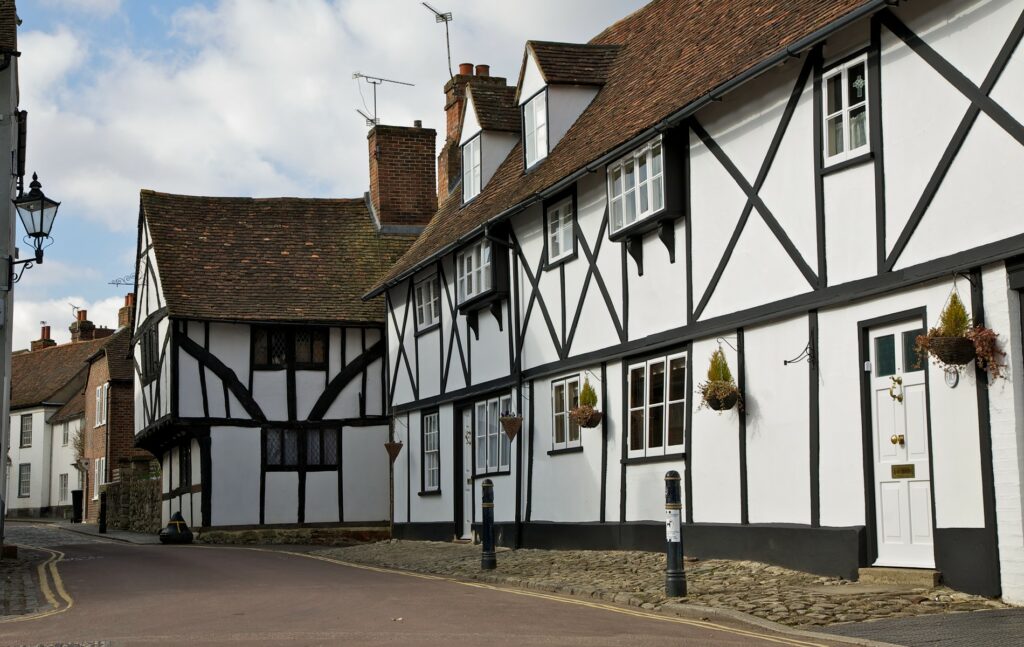
Known as a rural area, West Malling is excellent for recreation with country parks, walks and historic churches. Coldrum Lond Barrow and Manor Park Country Park are two examples.
The nearby freshwater Leybourne Lakes are great for scuba diving, open water swimming, windsurfing, canoeing and kayaking.
The town itself is a small and affluent market town. It has a range of facilities and smaller shops, cafés and bars housed in beautiful typically Kentish buildings. Evening entertainment is restrained rather than riotous. West Malling has a very pleasing and refined ambience overall.
West Malling is ideal for professional and retired families looking for a rural but sophisticated environment close to London. Ease of commuting to London is a big plus.
For the best of country town living within easy commuting distance of the capital, West Malling hits the spot. With its quaint yet also cosmopolitan high street, beautiful houses and countryside, it is one of the best places to live in Kent with something for everyone.
Lamberhurst
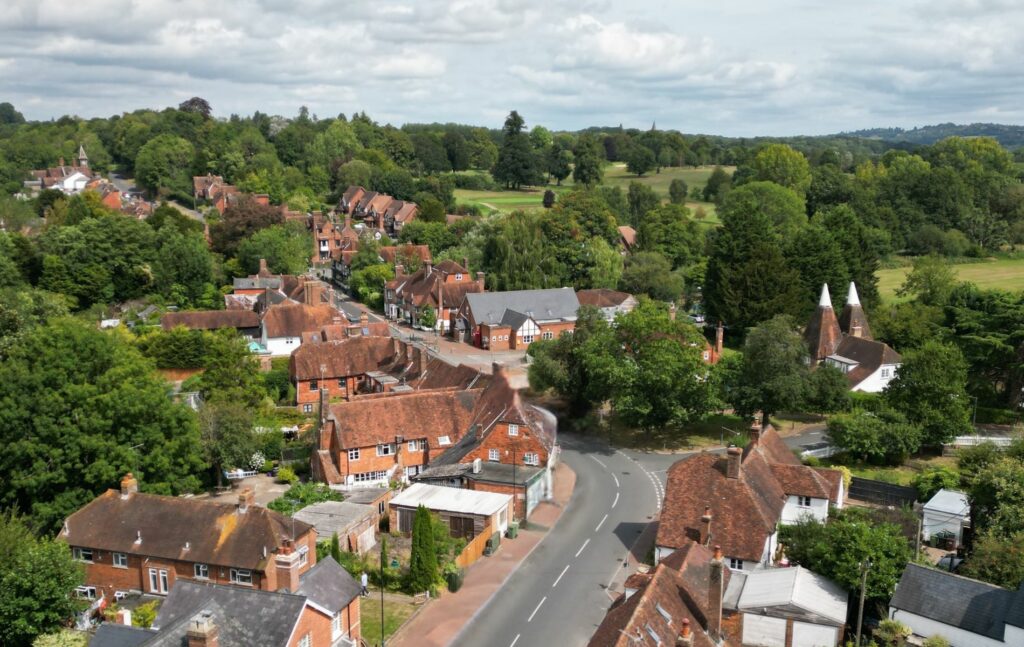
A small but very pretty village, Lamberhurst offers secluded rural lifestyles set in beautiful countryside with its own Vineyard, but still very close to London.
In the village centre there is a charming coffee shop and a convenience store, and a couple of popular pubs either side of the village green.
Nearby Scotney Castle is a 14th-century jewel and the ruins of Bayham Abbey are also worth visiting.
On the border with East Sussex, the village and Parish once sat across both counties but was put entirely into Kent in the late 19th century.
Dining and evening entertainment are largely gastro-pub and country restaurant based. Ideal for families and retired people looking to escape from it all whilst keeping open their links to both London and the South Coast.
It is known as “quiet” but Tunbridge Wells is close and has all the major facilities.
Chilham
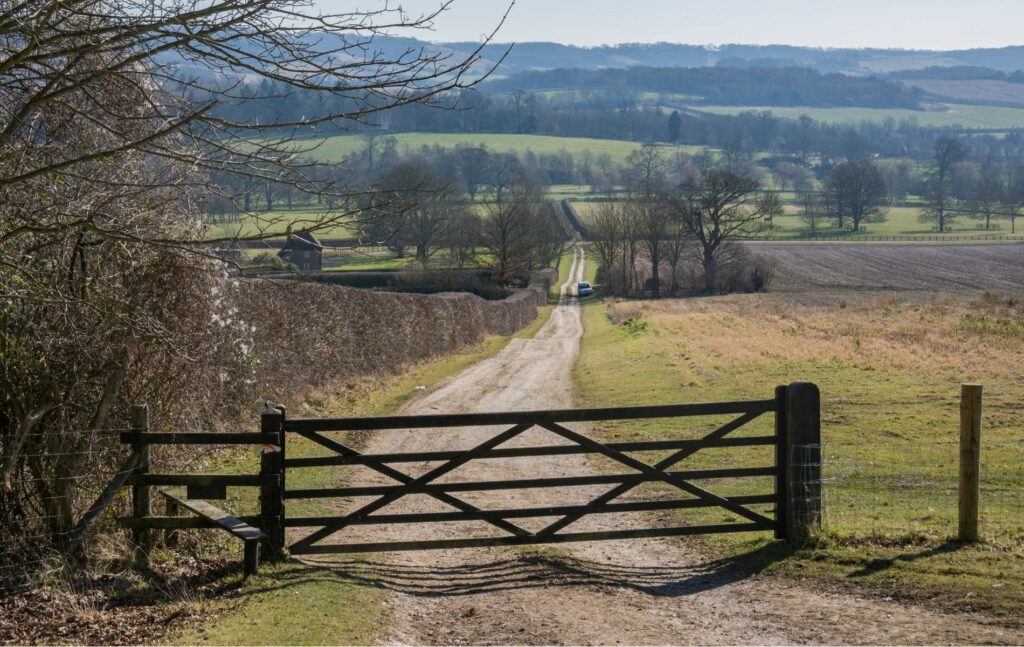
A very small and highly attractive village used in numerous TV series. It has a range of ancient buildings and beautiful surrounding countryside for leisure activities and quiet relaxation.
There are two pubs and some minor shops but facilities in the village itself are limited. However, the proximity to Canterbury means all provisions and entertainment are close by.
Chilham Castle is well worth a visit, but the village and area are agricultural, so expect to need to go into Canterbury for most amenities.
One of the best places to live in Kent for families and mature purchasers seeking a quiet rural lifestyle but with city facilities very close to hand, Chilham is a highly desirable location, offering a classic village lifestyle.
Chestfield
Chestfield is another small village a few miles from Whitstable. The area is heavily wooded which makes it ideal for walking, hiking and riding.
The coast is nearby with a full range of beaches and other coastal recreational activities. Good dining and evening entertainment is provided by Whitstable.
The town’s castle and gardens are well worth visiting. The old harbour and the Victorian charm of its narrow streets provide great seaside experiences and some bespoke shopping.
Commuting into London combined with the best of both worlds – a rural and coastal lifestyle. However, rail commuting times are longer than from many other parts of the county, which makes the village popular with retirees.
Chestfield is a very small village with a genuine country feel but also very close to the conveniences and lifestyle attractions of Whitstable and Canterbury.
As it is not as close to London as the other places we have listed, the upside is that you do get more for your money in terms of sprawling properties in a quiet location with lots of outside space.
Biddenden
Biddenden is a picturesque village surrounded by scenic countryside in the Weald of Kent, approximately five miles north of Tenterden. The village was a hub for the Wealden iron industry and clothmaking during the medieval period.
A notable legend from Biddenden is that of the Biddenden Maids. Conjoined twins born in 1100, they are commemorated by a village sign and annual charitable traditions.
The village boasts charming streets lined with historic architecture, including the 15th-century Vane Court, once owned by King Rama VII of Thailand.
Biddenden Vineyards, established in 1969 is reported to be Kent’s oldest commercial vineyard, offering award-winning wines and ciders.
For dining, the village features the Red Lion pub, known for its wood-fired pizzas and inviting garden. While Biddenden offers a tranquil rural lifestyle, nearby towns like Tenterden and Headcorn provide additional amenities and transport links.
Best places to live in Kent
If you are looking for the best places to live in Kent to focus your property search, the services of a professional property finder can be advantageous.
In the most sought-after areas, properties often never come onto the open market. With exceptional knowledge of the area and close relationships with a variety of industry professionals, our local experts can uncover these hidden opportunities.
If you’d like to find out more about the best places to live in Kent our professional property finders would be delighted to assist, please get in touch for a no-obligation discussion about your plans.
